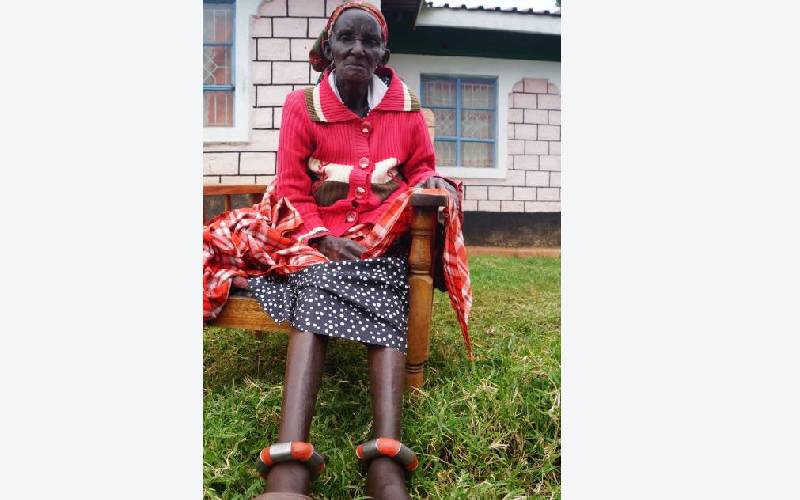×
The Standard e-Paper
Smart Minds Choose Us

Worn as a sign of the binding union between spouses, the anklets have remained a reminder of the pledge she made to her husband.
Robina Moraa, fondly referred to as Bitinge (anklet) in her entire Tongeria village in Rigoma, Nyamira County, has worn the ornaments for close to 90 years, making her probably the oldest married woman wearing them.